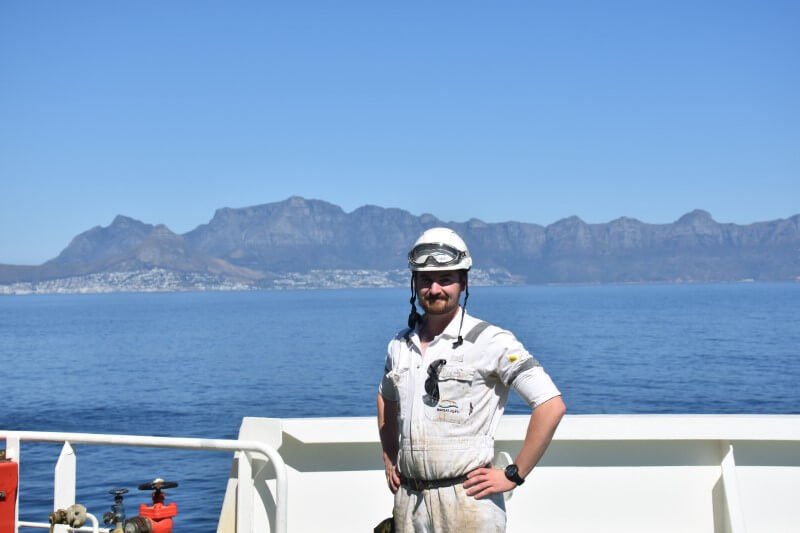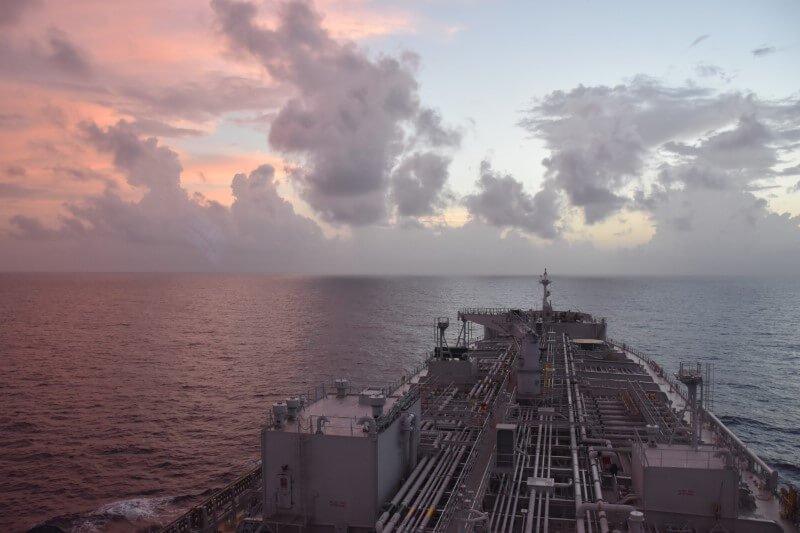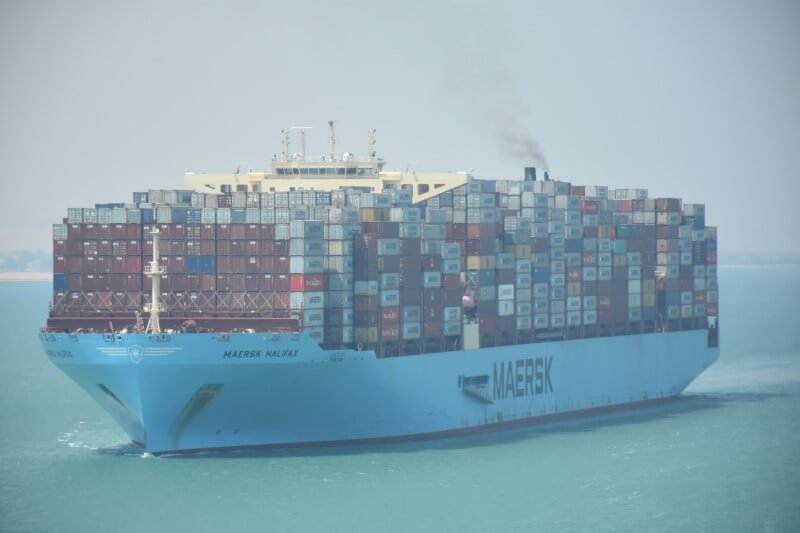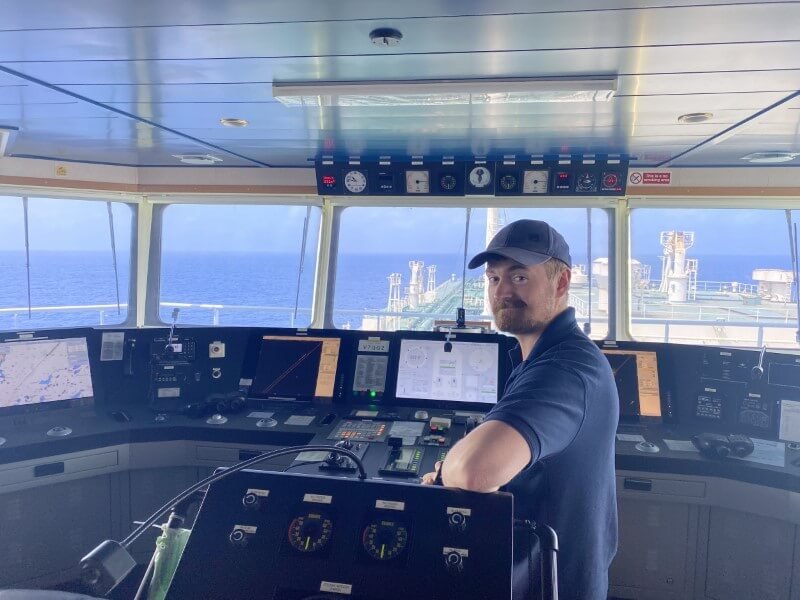A Career at Sea: How I Became a Naval Officer
Author: Saul Phillipson
After a productive gap year tutoring with Yipiyap, Saul applied to train in the merchant navy, and is now the third mate of the LNG tanker Aamira. Where could your gap year take you?
I am writing this lying on my bunk while my ship, the Aamira, is sat at anchor off Singapore. The Aamira (IMO number: 9443401) is a 345m long LNG tanker operated by Shell and I am her Third Mate. Her cargo is Liquified Natural Gas (methane) kept at around -162 degrees. What’s the capacity of an oil tanker? Well, when she is fully loaded, the Aamira carries approximately 75% of the whole UK’s consumption of gas for one 24-hour period.
But I’m getting ahead of myself: I guess you guys want to know how I got here and what that has to do with Yipiyap! So let me spin you a tale…
I first heard about Yipiyap in July 2016 from a guy in the year above me at my Sixth Form college. Having realised that I had zero idea what to do with my life, besides passing my A levels of course, I decided to take a year out: Yipiyap seemed as good an option as any. How foolish I was to think that gap year would be ‘restful’.
From gap year to travel
During my placement at Yipiyap I worked at three schools, Trinity House, Winifred Holtby and South Holderness, which the fitness nuts out there may be interested to know is a 32-mile round trip by bike from my home. I will confess, I have never been healthier than at this point in my life.
I enjoyed most being back at my old stomping ground at Trinity House where I got to experience a really healthy work environment and got on well with the students. Funny story, some of the students I worked with I have since bumped into whilst training and also out at sea.
Extra curricular activities on my gap year
One of the great things about working for Yipiyap is that your free time is truly your own: during my time with them I was able to enjoy a range of side projects. These included completing my Gold Duke of Edinburgh award (presented by David Bradley, aka Walder Frey from Game of Thrones), at Buckingham Palace, and pursuing my love for music. During this time I achieved a Performance Diploma on the trumpet and kept up singing with my group the ‘Four Candles’. In addition to our usual concerts we entered a competition: to my great surprise, we won!
It was during this year that I started looking at what I wanted to do, which meant getting myself out there. I’d found out about a career at sea from my school and a few people I knew had already started a cadetship at this point. A career at sea looked to be interesting and different to everything else everyone I knew was doing and at the time, university really wasn’t appealing to me especially if my future afterwards would involve sitting at a desk for the rest of my life. So I figured I’d have a look at this boat malarky.
Applying for merchant navy jobs
Now some of you might hear Navy and think ‘oh yeah he definitely wears a pirate hat’, sadly, that is not the case. I work in the Merchant Navy, one of the largest and quietist industries in the world. 95% of the goods you see in shops arrived in the UK by ship; that is everything from Arabian Crude, Bahamian Bananas and far eastern electronics.
Over the year the year I spent at Yipiyap, I applied to nine different shipping companies in total and had six interviews. These interviews had me bouncing all over the place traveling to the offices for oil majors, cruise companies and even one really niche company that shipped nuclear waste: I was able to leave that interview before my hair started glowing you’ll be glad to know.
How do you become a naval officer?
In the end I was given a position by Shell as a Deck Cadet and started my training at Fleetwood Nautical College in September 2018. There are three different officer routes available to most applicants. Firstly, there is the deck department, who work on the ship’s bridge navigating the vessel and also running cargo operations. Secondly, there is the engine room department, where day to day you maintain the ship’s systems which is no small task. Then finally there is the electrical route where you can become onboard electrician. On a normal cargo ship there might be only one electrician whereas on a more specialised ship with more complex systems such as large scale lifting equipment, dive support or ROVs.
Aboard the Silver Etrema
In the UK, cadet training is split into five college phases with alternate periods at college and away at sea on your sponsor company’s vessels. The first five months of my training I was at college before being immediately packed off to join my first ship, the oil products tanker Silver Etrema (IMO number: 9718430), sailing under the flag of the Marshall Islands from Suape, Brazil. That fourth month trip saw a voyage up the Amazon to the city of Belem before crossing the Atlantic to Antwerp and Amsterdam, loading and then discharging in New York at a berth just twenty minutes away from the Statue of Liberty.
Yet it’s certainly not all glamour: one of the things I love about my job is that travelling the world as a sailor means you see the raw face of a place, people trying to just get by, people in poverty, and a LOT of people trying to do you over. On the way back from going ashore in Mexico we bumped into a squad of armed soldiers patrolling on the lookout for Cartel soldiers: not the ideal scenario after a few drinks! When I signed on in Brazil I saw cardboard shanty towns for the first time and when I went to India, as we came alongside, one of the guys on shore pulled his shorts down and just pooed in the river! And so, the great tapestry of human life is woven!
The third mate’s duties
Since qualifying in 2021 I have joined my current ship, the Amira, as Third Mate (the most junior deck officer below the Master, Chief Mate, and Second Mate). But it’s certainly not all hammocks: I navigate the ship on my own for two four hour shifts a day on behalf of the Master. I am also responsible for maintaining all of the ship’s Firefighting and Lifesaving equipment which includes everything from the lifeboats and lifebuoys to the fire hoses and fire extinguishers (all 104 of them) on deck.
Oh, and for those really dedicated readers, there is also a link for tracking this ship. You’ll be amazed by how many other ships are out there!
Stay safe and always wear sun cream.
Saul







